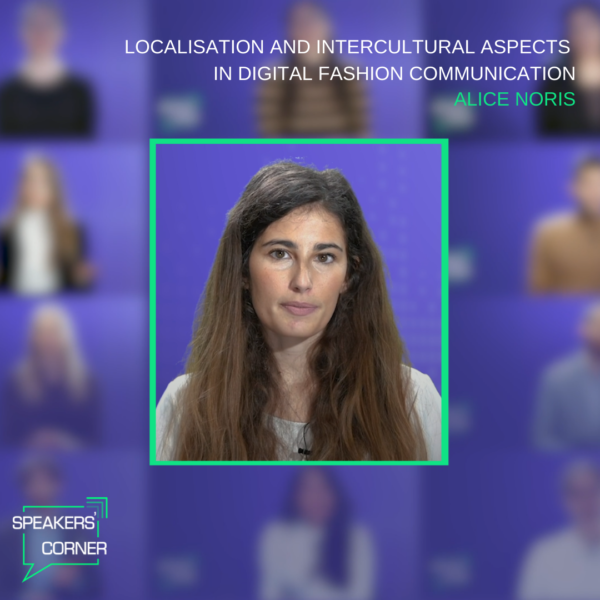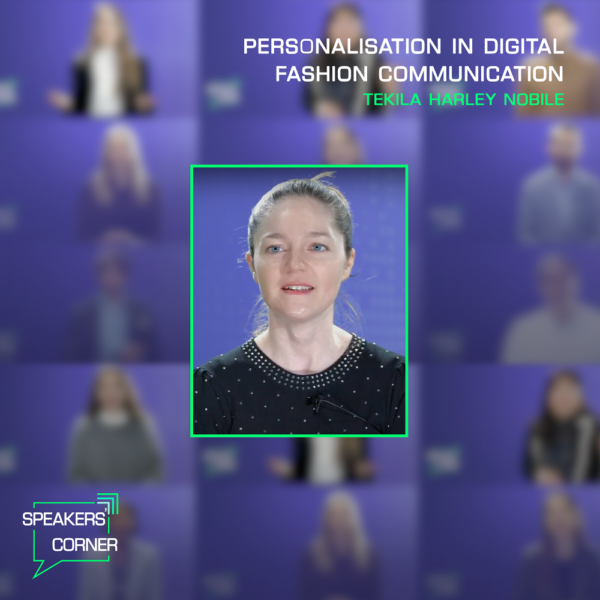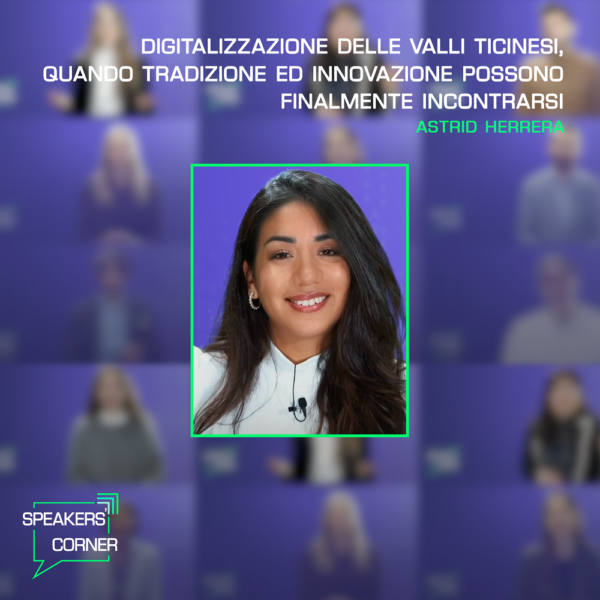A digital tourism strategy for Brissago Islands
Studente : Giulia Operti
Data : 10/11/2021
New ways of interaction with the places that surround us
Descrizione del progetto
When we speak about tourism experiences and digitalization, it might seem like there is a paradox between these two terms as traveling, going from one side of the world to the other and visiting new places, is one of the few aspects of our lives that still requires the physical presence.
Hic et nunc: here and now. Covid-19 has shown that we can conduct most of our lives at home, sitting in front of a screen: we can work online, we can go shopping online, we can even meet our friends online. However, Covid travel restrictions have also demonstrated the strong need and will of people to physically travel and visit places in the offline world.
Thus, my research explores the theme of which and where is the balance between digital and physical in tourism experiences. The answer was given through the ideation of a new format of tourism experience based on three pillars: augmented reality, storytelling and gamification.
The project was applied to the practical case of Brissago islands on Lake Maggiore.
The starting point for the experience development was the already existing map with traditional roads and traditional games.
It was then digitally transformed with augmented reality characters who tell the history of the place through small games and little hints to be physically projected in the offline world but digitally seen and visualized on the phone screen through augmented reality applications.
In this way, two results can be obtained: First of all, a widening of the target audience as augmented reality features appeal not only to kids but to every age category.
Secondly, there is more engagement and stimulation to learn through a gamified approach, as research shows.
So my key take-home message is the fact that digital and physical in tourism experiences can actually overlap without repressing each other but rather maximize their potential and their value and create new ways of interaction with the places that surround us.






